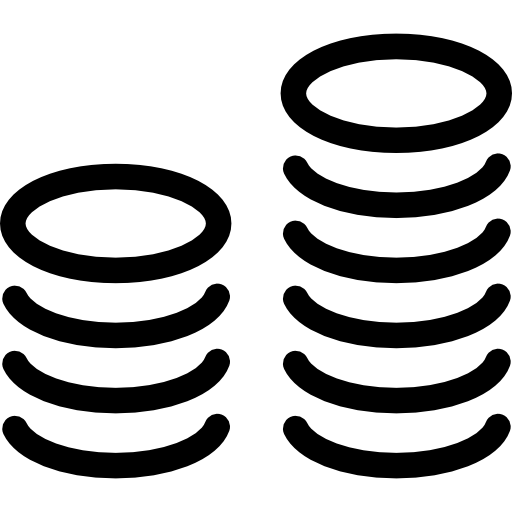
Starting date : Nov. 2016 > Oct. 2021
Lifetime: 60 months

Program in support : Call H2020 - FETPROACT-01-2016, Disruptive information technologies /Hybrid opto-electro-mechanical devices at the nanoscale

Status project : In progress

CEA-Leti's contact :
Aurélie Thuaire

Project Coordinator: CSIC (SP)
Partners: - DE: Heinrich Pette Institute - Leibniz Institute for Experimental Virology (HPI)
- ES: Agencia Consejo Superior de Investigaciones Cientificas (CSIC), Servicio Madrileno de Salud (SERMAS)
- FR: CEA-Leti, Université Paris Diderot (UPD)
- GR: Fasmatech Science and Technology SA
- NL: Nederlandse organistie voor toegepast natuurwetenschappelijk onderzoeck (TNO), Rijksuniversiteit Groningen (RUG)

Target market: n/a

Publications:
«Separation of Biological Particles in a Modular Platform
of Cascaded Deterministic Lateral Displacement Modules»,
E. Pariset , C. Parent, Y. Fouillet, F. Boizot, N. Verplanck,
F. Revol-Cavalier, A.Thuaire & V. Agache, Scientific Reports,
8:17762, 2018.

Investment: € 7.14 m.
EC Contribution: € 7.14 m.

| Stakes
CEA-Leti is in charge of developing a disposable sample preparation module based on passive microfluidics in order to isolate and concentrate virus particles from a complex biofluid, such as plasma or serum, upstream to the nano-ESI and analysis chain. During the first 2 years of the VIRUSCAN project, we have developed a first prototype for the sample preparation module. Among the main achievements, we can highlight: • Development of a first fluidic cartridge ensuring management of both fluidic and pneumatic circuits, and demonstration of a first set-up allowing progressive sorting of biological components (red blood cells and bacteria) from a complex biofluid using series-connected DLD modules • Design and fabrication of a set of DLD devices with theoretical critical diameters suited to the viruses identified in the project. These DLD devices have been characterized with fluorescent polystyrene beads as a first model. We have evaluated their critical diameter and recovery rate. We have also tested the DLD devices with red blood cells as a biological particle model. Results are in close agreement with expected the performance characteristics for larger modules (up to structures with 5μm pillar diameter and inter-spacing gap, corresponding to a critical diameter of ~1μm). A hydraulic resistance model has been developed for smaller modules to optimize DLD geometrical parameters. A new DLD set has been designed and is under fabrication for this new module; it is designed to receive a higher flow rate and reduce sample processing time • Identification of a specific module for preparing the virus nebulization step, i.e. concentration of sorted viruses and option to contain them in an easy-to-nebulize solvent (buffer exchange function). Among several exploratory designs, two have been selected and fabricated, and are being characterized.
VIRUSCAN aims to apply cutting edge optomechanical developments to the biosensing and diagnostic fields and create a new interdisciplinary research community for advancing optomechanics, nanoelectromechanics, native mass spectrometry and biophysics towards clinical applications. VIRUSCAN will provide novel technology capable of identifying viral particles and assessing their infective potential through characterization of two physical parameters: mass and stiffness. Viral particle stiffness has been recently understood to act as a regulator of infectivity at different stages of the virus life cycle. Parallel advances in nanoelectromechanical systems have recently demonstrated that stiffness and mass information provided by nanoscale adsorbates can be extricated. Targeting intrinsic physical properties of viral particles will allow development of an open platform to tackle any virus and its mutations. VIRUSCAN will have an impact at all levels: providing personalized treatment to patients, reducing the use of ineffective antibiotics, increasing safety in blood transfusions, allowing quick, trustworthy response to emergency situations (e.g. EBOLA in West Africa and ZIKA in Brazil), curtailing the spread of viral infections and reducing costs per analysis and screening of a wide range of pathogens.
IMPACT
This project is an opportunity for Europe to develop a new technology, namely a nanoscale fluidic sorting module, which requires a combination of skills and technical resources including silicon technology, biology, and microfluidics. Initial results are very encouraging, which has strengthened cross-fertilization between the partners and with the scientific community.
|
|